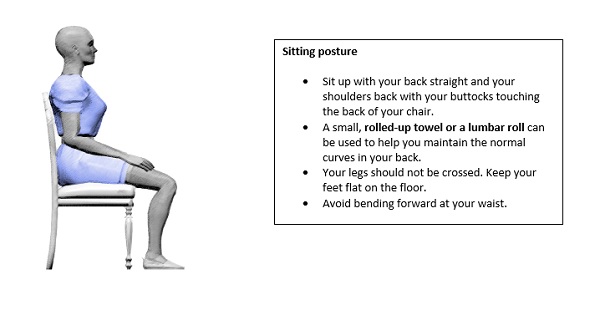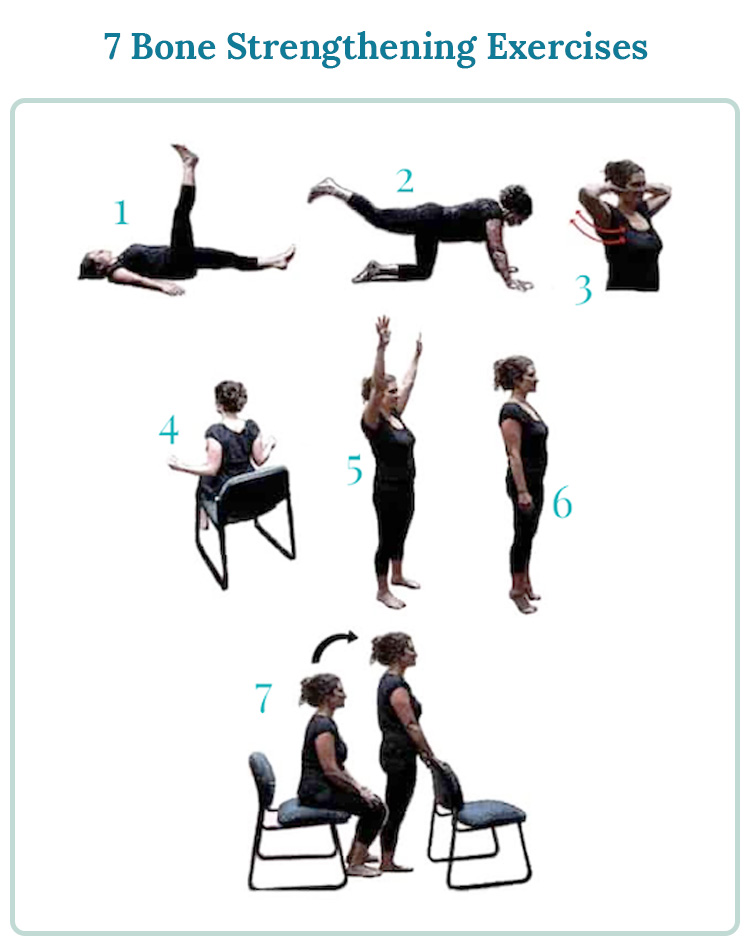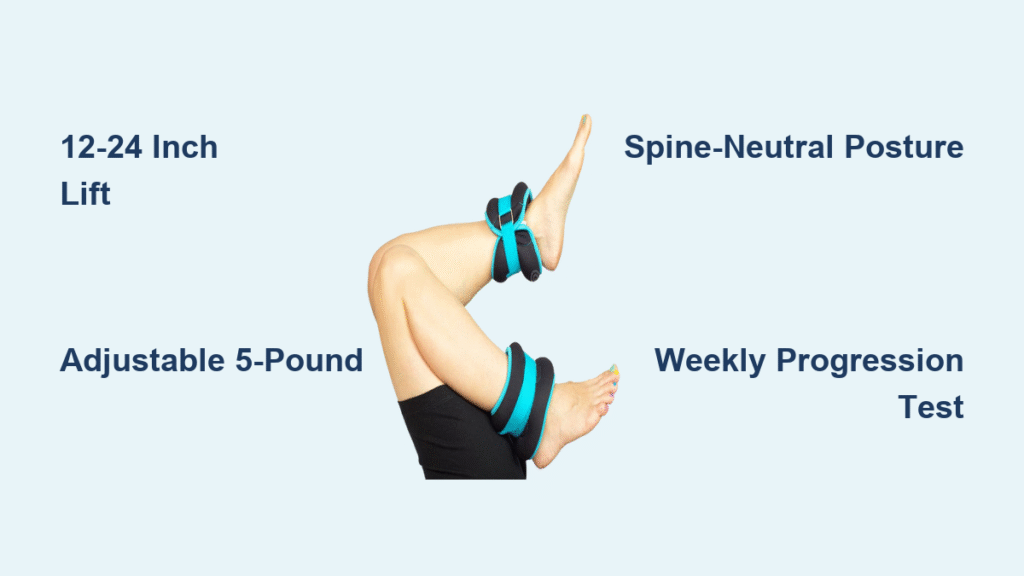If you’ve recently received an osteoporosis diagnosis, you might be wondering how to strengthen your bones without risking fractures. Ankle weight exercises for osteoporosis offer a powerful solution that transforms simple movements into bone-building power sessions. These small but mighty tools provide the precise resistance your bones need to stimulate density improvements while keeping you safe during exercise. Unlike high-impact activities that could cause injury, properly weighted ankle exercises deliver the Goldilocks zone of stress—enough to trigger bone growth but not so much that it compromises fragile skeletal structures.
The magic happens when you use the right weight progression system that takes you from gentle movements to meaningful resistance. Most people dramatically underestimate how heavy their ankle weights need to be to actually strengthen bones rather than just “tone” muscles. When you’re using the correct weight, you’ll find you can only lift your leg 12-24 inches off the floor during exercises—not the several feet many mistakenly believe indicates strength. This guide reveals exactly how to select, progress, and perform ankle weight exercises for osteoporosis that deliver real bone density improvements.
How to Select the Right Ankle Weight for Bone Building

Start With Adjustable 5-Pound Weights for Safe Progression
Begin your ankle weight journey with adjustable 5-pound ankle weights to master proper form without risking injury. These lighter weights let you focus on technique while your body adapts to resistance training. The key is choosing adjustable weights that allow precise increments—this prevents the common mistake of jumping to weights that are either too light to stimulate bone growth or too heavy too soon. As you build confidence with basic movements, these adjustable weights become your progression tool, letting you add tiny amounts of resistance as your bones strengthen.
Upgrade to 10-20 Pound Adjustable Weights for Real Results
When you can lift your leg several feet off the floor during side leg lifts, it’s time to upgrade to heavier weights—typically 10 or 20 pounds with precise adjustment capabilities. The 10-pound weights should offer half-pound increments while 20-pound versions provide one-pound adjustments. This precision matters because bones respond to specific resistance thresholds; too little won’t trigger strengthening, while too much increases fracture risk. Your goal isn’t to lift the heaviest weight possible, but to find that sweet spot where you can lift your leg only 12-24 inches with proper form—this is the resistance level that actually builds bone density.
Test Your Current Weight Effectiveness Weekly
Perform a simple reality check: if you can easily lift your leg beyond 24 inches during side-lying leg exercises, your ankle weights are too light for meaningful bone stimulation. The correct weight creates noticeable resistance while maintaining perfect form—your muscles should feel warm and worked after each set, but never burning or searing. This weekly assessment prevents the all-too-common mistake of staying in the ineffective “toning” zone where bones receive insufficient stimulus to strengthen. Remember, your bones are waiting for that challenge—they’ll respond when you provide the right amount of resistance.
Essential Safety Practices for Osteoporosis Exercise

Maintain Spine-Neutral Posture During All Exercises
Your posture makes or breaks the safety and effectiveness of ankle weight exercises for osteoporosis. Before adding any resistance, ensure your spine maintains its natural curves with shoulders relaxed and core gently engaged. Poor alignment while bearing weight dramatically increases fracture risk and reduces the bone-building benefits of your workout. Check your form in a mirror or record yourself to catch subtle posture breakdowns that could compromise your safety. This attention to alignment transforms simple leg lifts into targeted bone-strengthening movements that protect your spine while building density where you need it most.
Master Movement Patterns Before Adding Resistance
Never rush into weighted exercises—first perfect each movement pattern without any ankle weights. Complete multiple sessions focusing solely on form until you can perform each exercise with complete control and no discomfort. Only when you’ve mastered the movement should you add the lightest weight increment. This deliberate progression protects your bones while building neuromuscular confidence. Think of it as laying the foundation before building the house—skipping this step risks injury and diminishes the bone-strengthening benefits you’re working so hard to achieve.
Recognize the Difference Between Work and Pain
During properly weighted exercises, your muscles should feel warm and challenged—not burning or searing. Sharp pain in muscles, joints, or your back means stop immediately and reassess. Mild muscle fatigue indicates effective work, but persistent discomfort signals you’ve progressed too quickly. If you can complete your full set with perfect form and no negative sensations, it’s time to increase resistance slightly. This nuanced understanding of your body’s signals keeps you safely in the bone-building zone while avoiding potentially harmful overexertion.
Top 4 Bone-Strengthening Ankle Weight Exercises
Side-Lying Hip Abductor Lifts With Progressive Resistance
Lie on your side with bottom leg bent for stability and ankle weight secured to your top leg. Lift your weighted leg only as high as you can maintain perfect form—typically 12-24 inches. Focus on slow, controlled movement both up and down, feeling the resistance work your hip abductors. This muscle group is crucial for fall prevention, and proper loading stimulates the femoral neck bone density that protects against hip fractures. When you can easily lift beyond 24 inches, it’s time to increase weight by the smallest available increment.
Prone Hamstring and Glute Strengtheners
Position yourself face-down on a mat with ankle weights secured. Lift one leg 6-12 inches off the floor while keeping your knee straight and spine neutral. Hold briefly at the top, then lower with control against the resistance. This exercise safely strengthens your posterior chain without spinal compression—critical for those with vertebral osteoporosis concerns. The controlled lowering phase provides essential eccentric loading that maximally stimulates bone growth in the femur and pelvis.
Standing Balance Builders With Lateral Resistance
Hold onto a sturdy chair for support while wearing ankle weights. Lift one leg out to the side 12-24 inches, keeping your torso upright and avoiding leaning. This functional movement mimics real-life stability challenges while building lateral hip strength essential for preventing sideways falls—the most common cause of hip fractures. When you can perform this movement easily beyond the 24-inch mark, progress to heavier weights to maintain the bone-building stimulus.
Seated Quadriceps Strengtheners for Spinal Safety
Sit in a sturdy chair with ankle weights on both legs. Extend one knee fully against the resistance, hold briefly, then lower slowly. This spine-sparing exercise builds thigh strength without compressing vertebrae—ideal for those with spinal osteoporosis concerns. The controlled movement provides safe loading to the femur while improving functional strength for daily activities like standing from a chair.
Smart Progression System for Lasting Bone Density Gains

Weekly Resistance Assessments for Optimal Bone Loading
Test your current weight effectiveness every 7-10 days using the leg lift height benchmark. When exercises feel too easy and you can lift beyond the 12-24 inch range consistently, increase resistance by the smallest increment available. This systematic approach ensures your bones continually receive the stimulus they need to strengthen without jumping to weights that compromise form or safety. Remember: bones adapt slowly—typically requiring 2-4 weeks at each resistance level before needing progression.
Set and Rep Strategy That Maximizes Bone Response
Start with 1-2 sets of 8-10 repetitions per exercise, focusing on perfect form with appropriate resistance. Only after mastering this volume should you increase to 2-3 sets of 10-12 repetitions before adding more weight. This methodical progression maximizes the bone-stimulating benefits while minimizing injury risk. Your bones respond best to consistent, challenging resistance—not sporadic max efforts that could lead to fractures.
Track Your Progress to Avoid Common Plateaus
Keep a simple log noting your current weight, sets, reps, and how each exercise feels. This record helps you recognize when you’re ready to progress and prevents the critical mistake of sticking with ineffective light weights too long. Most osteoporosis patients unknowingly stay in the “toning” zone for months, never providing enough resistance to actually strengthen bones. Your tracking system becomes the roadmap to real density improvements.
When to Consult a Professional for Personalized Guidance
Seek guidance from a physical therapist experienced in osteoporosis if you experience persistent pain, uncertainty about proper progression, or have had recent fractures. Professional supervision ensures your ankle weight exercises for osteoporosis provide maximum bone-building benefits while keeping you safe. A qualified therapist can assess your specific bone density levels and create a customized progression plan that addresses your unique needs and limitations.
Building stronger bones through ankle weight exercises requires patience and precision, but the payoff is substantial. When you select the right weight, maintain perfect form, and progress systematically, you transform simple leg movements into powerful bone-strengthening sessions. Remember that the goal isn’t lifting the heaviest weight possible—it’s providing consistent, appropriately challenging resistance that stimulates bone growth while keeping you safe and mobile. Start with a weight that limits your leg lift to 12-24 inches, track your progress diligently, and gradually increase resistance as your bones respond. This approach delivers real osteoporosis management that helps maintain your independence and quality of life for years to come.





